DO Meter Calibration
-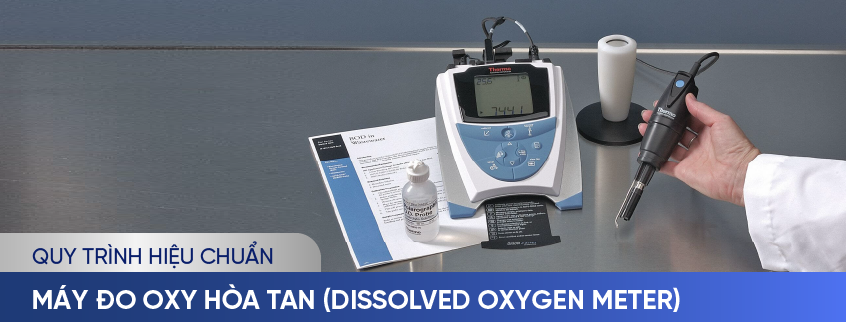
Main Content
- What is dissolved oxygen?
- DO meter
- Structure and operating principle
- Application
- Why should you calibrate a DO meter?
- DO calibration procedure
A dissolved oxygen meter is a water quality measuring device that measures the amount of dissolved oxygen in water. The device is also known as a DO meter. Oxygen meters have many different models and designs, serving the maximum needs of people.
2. Dissolved oxygen meter (DO meter)
A dissolved oxygen meter is a device that measures the amount of dissolved oxygen in water and is also known as a DO meter. It is used to determine the quality of water by measuring the amount of gaseous oxygen present in it. There are many different models and designs of DO meters available, each with its unique features and capabilities, to meet the specific needs of different users.
DO meters can be classified into two types: optical meters and conventional meters. Optical meters use an optical system to perform measurements, while conventional meters use an electrode system to measure. Both types of meters have their advantages and disadvantages, and the choice of meter depends on the specific application and user requirements.
 |
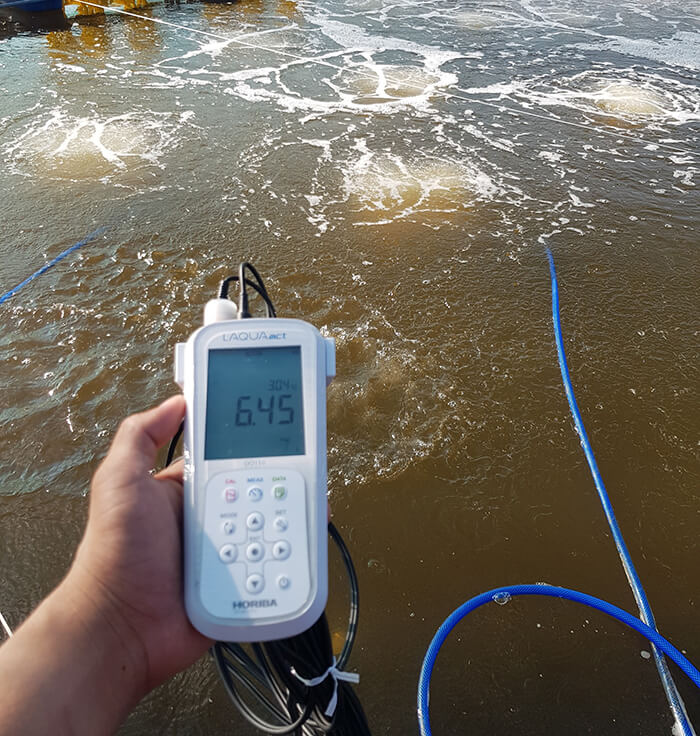 |
3. Structure and operating principle
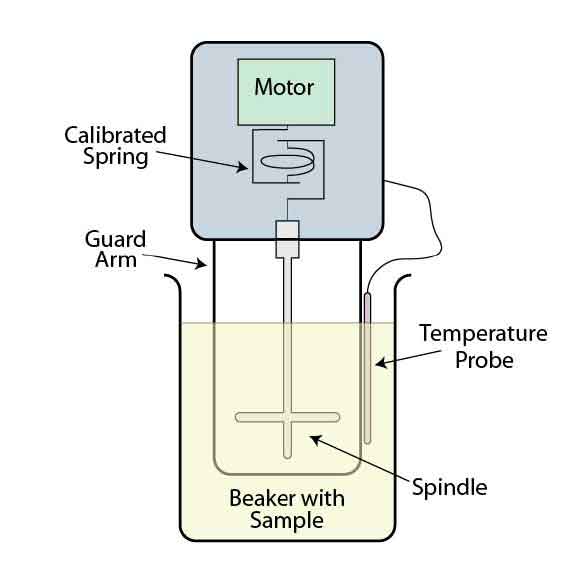
The structure of a DO meter may vary depending on different models and designs. However, DO meters usually include the following main parts:
- Machine case: This is the part that covers and protects the machine, and determines the shape to help users distinguish between different brands and models.
- DO measuring part: In optical measuring machines, it will be an optical system, while in conventional machines, people use a DO measuring probe.
- Electronic circuit board: This is the place to receive and process information from the user through the function keys, from the sample through the measuring part, then encode and transmit it to and display it on the screen.
- Function keys: These are the parts that receive user information and transmit it to the electronic circuit to set up and control the machine.
- Screen: This is where information is displayed to help users perform operations and read results more easily.
DO meters are used to measure the amount of dissolved oxygen in water. These devices do not measure the actual amount of oxygen in the water, but rather the concentration of oxygen.
The DO probe of these devices uses an electrode system, where DO reacts with the negative electrode to generate a current. The higher the partial pressure of oxygen in the water, the more oxygen will diffuse through the electrode layer. By measuring the current and applying this principle, the device can change and measure the DO concentration of the water sample.
4. Application
DO meters are used to measure the amount of dissolved oxygen in water, they are commonly used in the following applications:
Aquatic life and hydroponics: DO meters are used to determine water quality to ensure a healthy living environment for organisms in that water source.
Water production industry: DO meters are used to ensure the quality of water produced.
5. Why should you calibrate a DO meter?
Calibration is an essential process for DO meters to ensure accurate and reliable measurement results. If the DO meter is not calibrated regularly, it can give erroneous results, causing unwanted consequences. Periodic calibration is vítal, playing an important role in:
- Securing measurement accuracy
- Providing reliability of measurement results
- Helping the meter operate stably
- Calibration can be performed proactively after a fixed period or based on frequency of use.
6. DO meter calibration procedure
When performing calibration for DO meters, it is important to ensure the following environmental conditions:
- Ambient temperature: (25 ± 2)°C
- Environmental humidity: (40 ÷ 80) %RH (no dew).
- Prepare measuring equipment.
- Expanded measurement uncertainty
To consult and request for quote on our DO meter calibration services, please kindly contact us via the following information:
LABORATORY: DONG TAM MEASUREMENT AND TECHNICAL TRADING SERVICE CO., LTD
Address: 57-59 Street 11, Binh Hung Residental Area, Binh Hung Commune, Binh Chanh District, Ho Chi Minh City
TEL: 028 375 83 869 - Hotline: 0909 347 891 (Mr. Lâm)
Email: info@dongtam-mes.vn
Relative post | Xem tất cả
- Stopwatches calibration
- ORP meter calibration
- Hydrometer calibration
- Analytical and Technical balance calibration
- Analytical and Technical balance verification
- Spring dial scales verification
- Spring dial scales calibration
- Bench weight scale verification
- Bench weight scales calibration
- Platform scales verification
- Platform scales calibration
- Chlorine meter calibration



















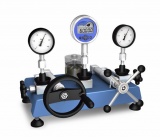
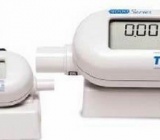
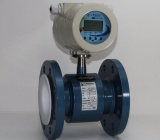

 Legal
Legal  Call: 0283.7583869
Call: 0283.7583869  Search for Certificate
Search for Certificate  Contact
Contact